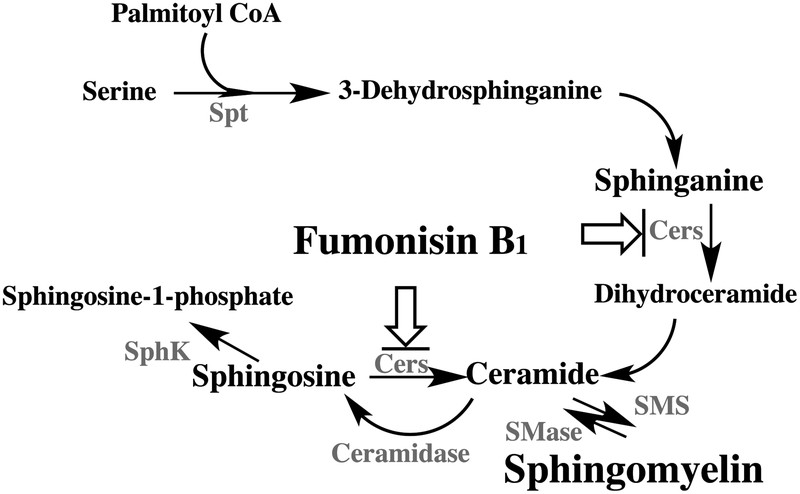5 巻, 3 号
選択された号の論文の5件中1~5を表示しています
- |<
- <
- 1
- >
- >|
Review
-
 原稿種別: Review
原稿種別: Review
2017 年 5 巻 3 号 p. 75-97
発行日: 2017年
公開日: 2017/09/29
Original article
-
原稿種別: Original article
2017 年 5 巻 3 号 p. 98-109
発行日: 2017年
公開日: 2017/09/29
PDF形式でダウンロード (1362K) HTML形式で全画面表示
Risk assessment report
-
原稿種別: RAR (Summary)
2017 年 5 巻 3 号 p. 110-113
発行日: 2017年
公開日: 2017/09/29
PDF形式でダウンロード (520K) HTML形式で全画面表示 -
原稿種別: RAR (Summary)
2017 年 5 巻 3 号 p. 114-117
発行日: 2017年
公開日: 2017/09/29
PDF形式でダウンロード (523K) HTML形式で全画面表示 -
原稿種別: RAR (Summary)
2017 年 5 巻 3 号 p. 118-119
発行日: 2017年
公開日: 2017/09/29
PDF形式でダウンロード (541K) HTML形式で全画面表示
- |<
- <
- 1
- >
- >|


